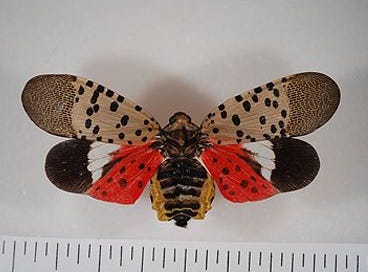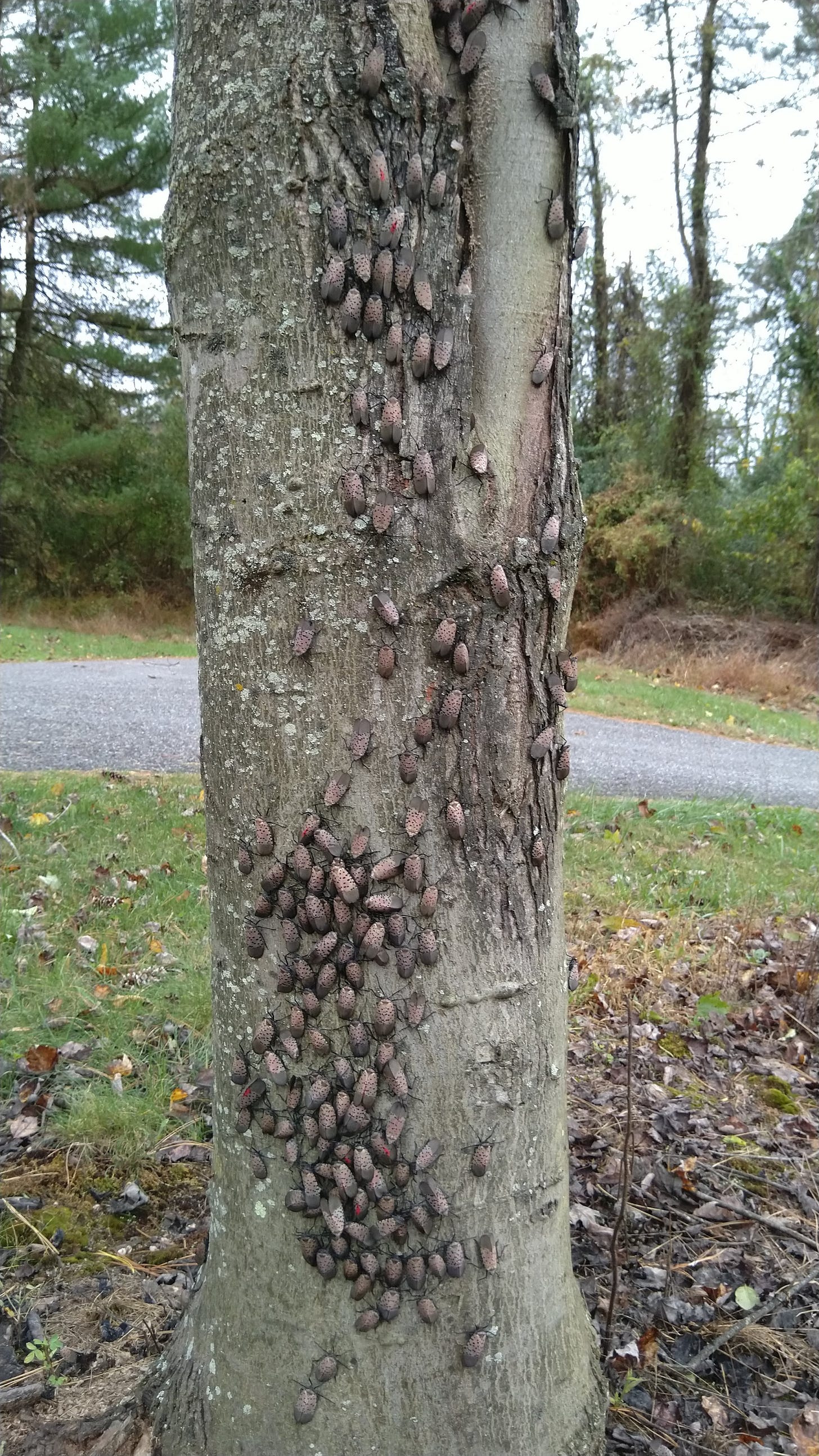If you’re new here, welcome! To ensure you never miss an issue of The Weekly Dirt, click here to subscribe 👇
UPDATE: This post was edited on Sept. 15, 2023, to reflect updated guidance for managing the spotted lanternfly and tree of heaven, and information about whether — and where — to report sightings.
Keep reading with a 7-day free trial
Subscribe to The Weekly Dirt with Jessica Damiano to keep reading this post and get 7 days of free access to the full post archives.



